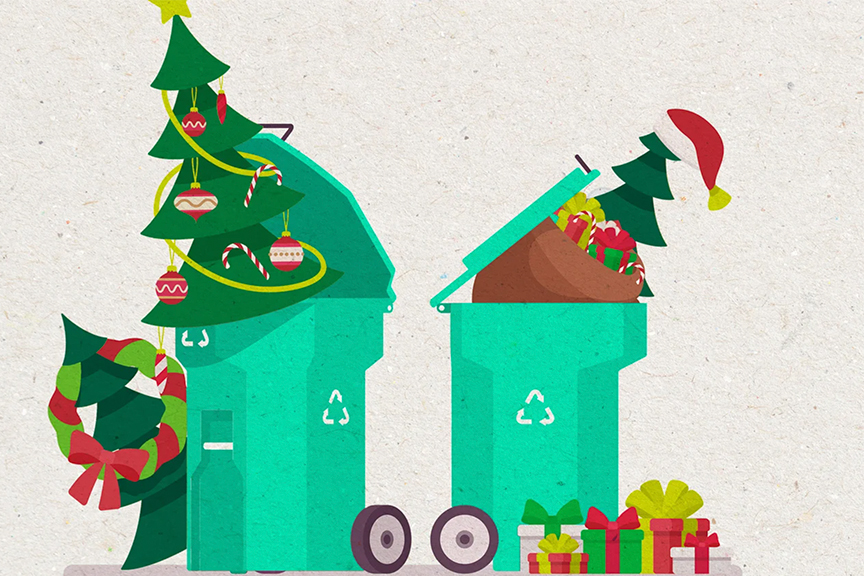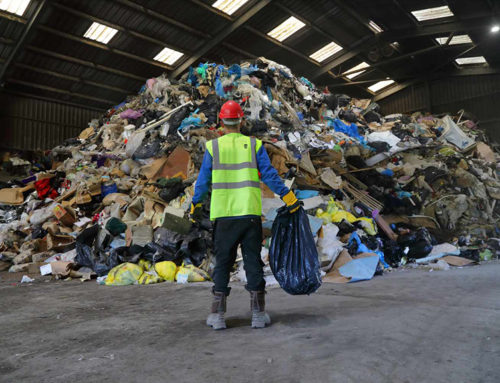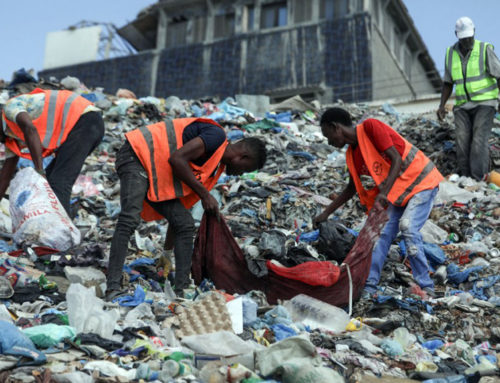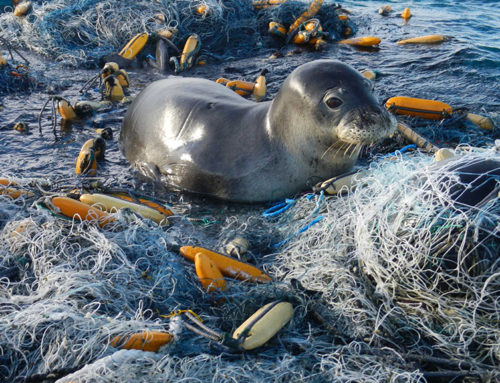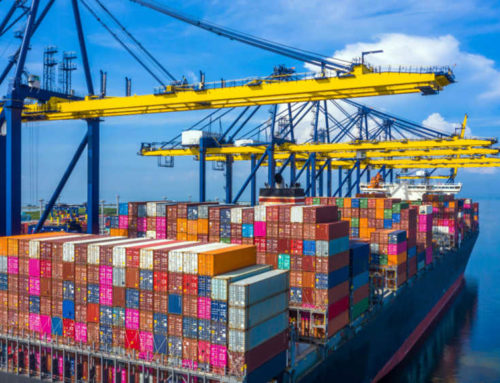As the holiday season fades into memories and we find ourselves surrounded by the remnants of festive celebrations, it’s crucial to address the significant surge in garbage that accompanies this time of year. The aftermath of gift exchanges, elaborate decorations, and feasts often results in an increase in discarded materials, prompting a need for responsible waste management. In the nation’s capital, D.C. leaders stress the importance of mindful disposal, emphasizing that where our holiday waste ends up truly matters.
John Johnson, a spokesperson for D.C.’s public works department, highlights the notable surge in waste volume during the holiday season. The influx includes a variety of materials such as boxes, toys, and food packaging, all of which ultimately need a designated destination.
Johnson advocates for increased recycling efforts, asserting that the more items we can recycle, the better. However, he stresses the importance of proper recycling practices. Containers like cartons, cans, and pie tins are recyclable, but it’s crucial to wash or scrape off any food waste before disposing of them. Cardboard boxes should be recycled too, but flattening them beforehand aids in efficient processing.
One major contributor to the post-holiday waste management dilemma is the excess packaging resulting from gift exchanges. Wrapping paper, cardboard boxes, and plastic packaging contribute significantly to household waste during this time. The issue is exacerbated by the prevalence of non-recyclable materials in decorative packaging, such as ribbons and tissue paper.

Johnson provides a practical guideline for responsible wrapping paper disposal: a “tear test.” Standard paper, without glitter or foil, is recyclable. However, if the wrapping paper is reinforced with plastic or foil, it should be discarded in the trash instead. This simple yet effective method helps individuals make informed decisions about the recyclability of their wrapping materials.
Johnson also addresses the challenge of toy packaging, particularly those with heavy cardboard and plastic windows. Before recycling such items, it’s essential to remove any plastic components. This small step ensures that the materials can be appropriately processed in recycling facilities.
As we bid farewell to the holiday season, let’s also bid adieu to the excessive waste it leaves behind. Responsible waste management and disposal, with a focus on recycling and informed decision-making, can make a significant impact on reducing the environmental footprint of our celebrations. By following the guidance provided by Johnson, we can contribute to a cleaner and more sustainable post-holiday environment.

